Twenty thousand workers from Asia and Europe spent 22 years building this beautifully composed white marble mausoleum that has become a symbol of enduring love. Sounds impressive, right?
This world known place is tribute to eternal love – a mausoleum that a 17th-century Moghul emperor built for his favorite wife, (third wife), Mumtaz Mahal. It is most probably most visited tomb – about 7-8.000.000 visitors annually. The Taj Mahal was designated as a UNESCO World Heritage Site in 1983 for being “the jewel of Muslim art in India and one of the universally admired masterpieces of the world’s heritage”.
- Depending on what time of the day it is and whether or not there’s moon at night, Taj Mahal appears to be of different color every time. Some even believe that this changing pattern of colors depict different moods of a woman.
- Passages from the Quran have been used as a decorative elements throughout the complex.
- On the sides of the actual tomb of Mumtaz Mahal, 99 names of Allah can be found as calligraphic inscriptions.
Here’s a few things that you should know if you’re planning to visit:
When to travel
Between late October, after the monsoons, and mid-March, before the heat starts to build up.
How to travel
Some first-time visitors to India may enjoy the challenge of going independently. Others are likely to feel happier on organised packages, either private (generally by car) or in a group (by minibus or coach).
On a budget
www.explore.co.uk) offers an eight-day Moghul Highlights tour, travelling in a group of up to 18 people. It covers the Golden Triangle, Fatehpur Sikri, Bharatpur, the small town of Karauli, and a glimpse of Rajasthani village life. It costs from £1,276 per person, including breakfasts, two other meals, and return flight (it costs from £520 without flights).
The Taj Mahal opens from sunrise, with last entry half an hour before sunset. It closes to tourists on Fridays and is at its busiest on Saturdays and Sundays, particularly in late afternoon. It looks at its most ethereal at dawn and dusk, though potential mist and fog on winter mornings can lessen its impact. Early risers should aim to be at the gates an hour before sunrise.
Visitors may carry handbags, cameras, mobile phones and medicine, but not food, cigarettes, electronic gadgets (including iPods), knives, nail files, pencils, marker pens, newspapers and books (including guide books). Free shoe covers and a bottle of water are handed out with tickets. Allow up to two hours.
Expert tips
Allow lots of extra time: northern India is prone to winter fogs that can delay flights and trains.
If you don’t want to buy what hawkers are offering, look them in the eye and say, very firmly: “Kutch nahi.” It means “not needed” and can be more effective than ignoring them.
Avoid salads, ice cream, cut fruit, tap water and ice in cold drinks.
Buy beer and spirits at “beer and wine shops” at a fraction of luxury hotel prices. Guides and taxi and rickshaw drivers will know where to find them.





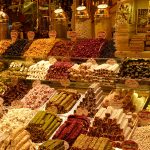
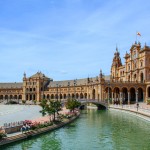

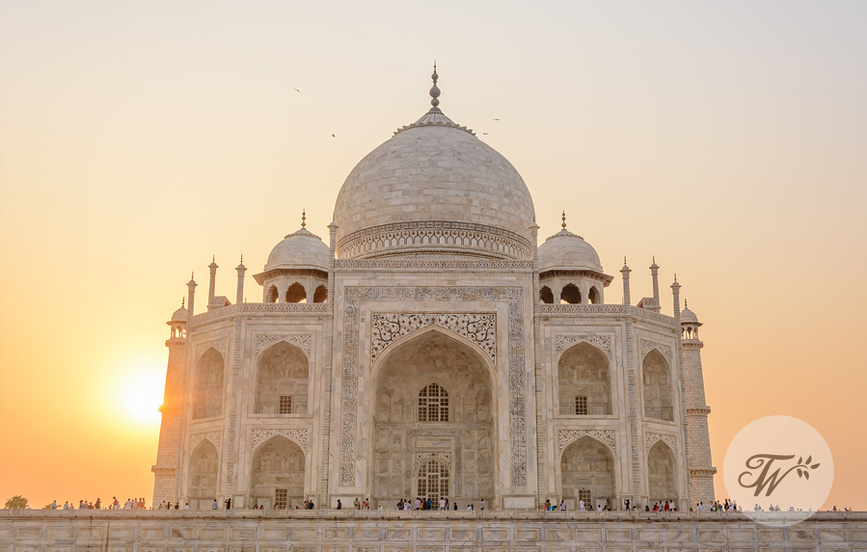

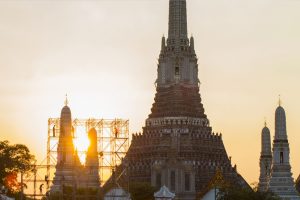
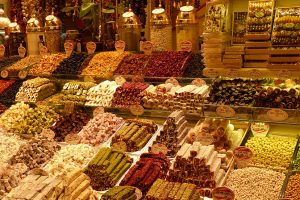










1 Comment